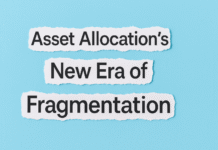B2B networks, even with the newest technology, are only as strong as their weakest connection.
As more organizations digitize their operations and business-to-business (B2B) relationships move to being conducted solely online, fraudsters will increasingly aim to exploit any third-party or ecosystem gaps.
A cyberattack at ION Trading Technologies last month shows the detrimental effects a successful attack on underlying infrastructure can have on more extensive marketplace partners, participants, and vendors.
This announcement comes as Uber announced on Monday, February 13, a 7-year agreement to move all of its information technology into the cloud from its own data centers using infrastructure platforms offered by both Google and Oracle.
The chief operating officer of the FinTech security firm nsKnox, Nithai Barzam, stated last month that fraud rings are aggressively investing in technology and procedure and increasingly acting like companies by putting the right things first.
Faster, real-time, and rapid payments are topics that “so many [companies] talk about,” he added. The ability to send and receive money rapidly is excellent, but it also makes it easier to commit “faster fraud” and reduces the amount of time available to verify compliance with anti-money laundering and anti-terror funding laws.
Organizations must safeguard every incoming and outgoing payment they send or receive due to the ramifications of the current spike in payment fraud assaults, which include billions of dollars in lost revenue and reputational harm that may take years to repair.











